How to Handle Different Travel Personalities in Your Group
April 3, 2025
Read MoreAs a group travel planner, chances are you’ve encountered travelers with mobility issues. In fact, recent statistics from the Centers for Disease Control and Prevention (CDC) showed that 12.1% of American adults have a mobility disability. Exploring the world with limited mobility presents unique challenges. Whether it’s navigating airports, boarding trains, or cruising the open seas, those with mobility issues often face obstacles that can make travel seem out of reach.

The good news is that there is progress! And as a tour operator, you can do your part to make accessible travel a little easier. Let’s break it down…
Mobility issues stem from a variety of medical issues, including disabilities, injuries, or age. Such challenges can make it difficult to navigate new environments, access transportation, or take part in travel-related activities.
Many travelers with limited mobility rely on wheelchairs, walkers, or canes to get around. These devices are essential for independence while traveling. However, not all destinations or modes of transportation are equipped to accommodate them.
Lack of storage space, ramps, foldable seats, etc. are just a few of the issues that impact access to transportation.
Airports and airplanes are two of the biggest deterrents for travelers with physical disabilities. Complex terminal layouts and long distances between gates, along with inconsistent disability training for employees contribute to these barriers.
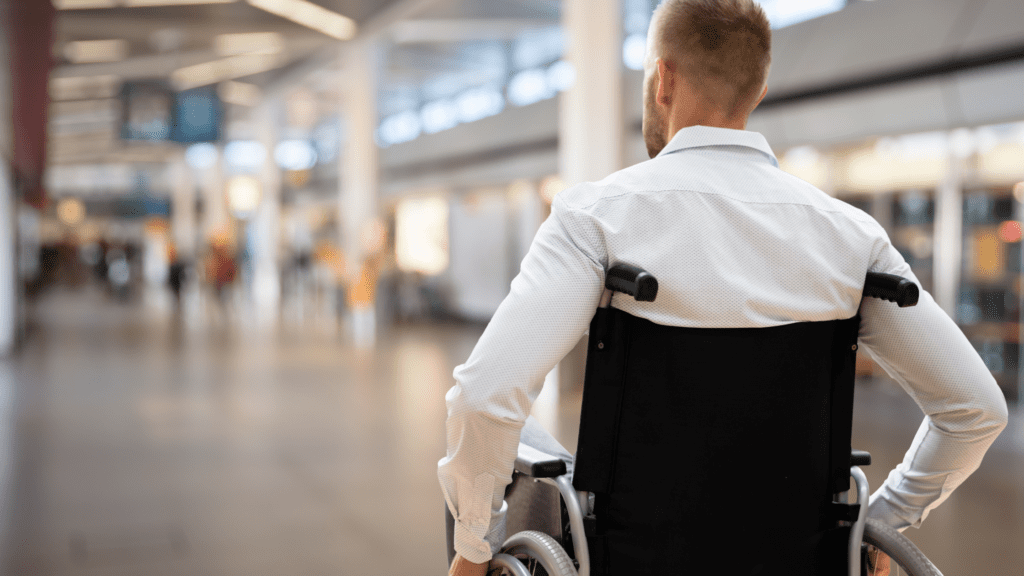
Once aboard an aircraft, flyers must be transferred from a narrow airline chair to a seat while their personal chairs are checked, risking damage.
Airplane lavatories (particularly on narrow planes like the common 737) are not accessible. As a result, some disabled travelers will book cross-country itineraries with connections so that they have bathroom access at airports.
We all know that hotels offer “accessible” rooms. However, what that accessibility looks like can vary. They may lack a “roll-in” shower, offer toilets that are too low, and beds that are too high. Even hotel airport shuttles may not be wheelchair accessible.
Hotels are only required by law to have a limited number of accessible rooms that vary based on the hotel’s total number of rooms. Moreover, an accessible room is available to anyone. If the hotel is overbooked or if someone requests an accessible room (regardless of need) the room can be used by others. To be fair, however, most hotels will assign these rooms to other guests only as a last resort.
Traveling outside of the U.S. presents a host of potential challenges, and it’s essential that you “know before you go.” Each country has its own laws regarding accessibility – some with no accommodations at all.
Check the U.S. State Department site below before planning a trip to learn more about a destination’s requirements.
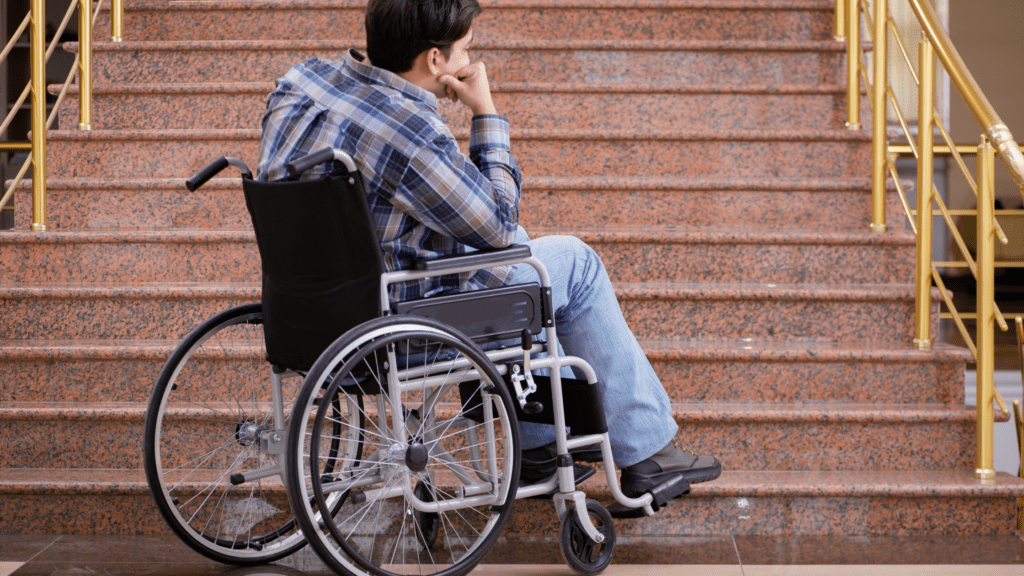
On the bright side, all cruises operating in U.S. waters are required to be ADA compliant. However, many traveling to international destinations are often not equipped to handle travelers with disabilities.
Smaller cabins with tiny bathrooms can make maneuvering a wheelchair tricky. In addition, some ports require passengers to tender on small boats to the destination, and these tenders are rarely wheelchair accessible.
During shore excursions, visitors may encounter uneven surfaces, lack of wheelchair access (particularly at historic attractions), steps, and surging crowds that discourage easy movement.
While travel and tourism may not always be inclusive of those with physical disabilities, there has been progress.
For example, the Transportation Department recently proposed a series of regulations designed to assist wheelchair travelers. Most notably, the regulations would ensure that “airlines meet rigorous standards for accommodating passengers with disabilities safely and with dignity.”
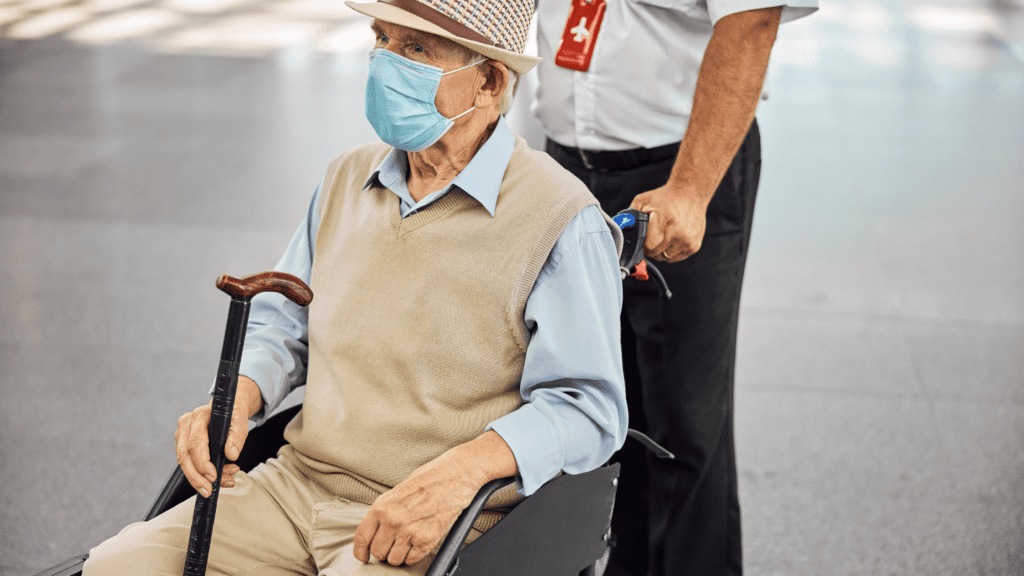
In addition, the proposal would require annual training for airline workers who load wheelchairs and make it easier to fine airlines that mishandle them.
U.S. hotels have been required to meet the baseline accessibility standards since 1993, but some are going above and beyond to be more inclusive.
Consider the Schoolhouse Hotel in White Sulphur Springs, West Virginia that proudly boasts the title of “world’s first fully accessible boutique hotel.”
Here each of the 30 guestrooms and all public areas offer extensive amenities for disabled guests. Minimal furniture reduces obstructions, the color palette is cool and calming, and there’s a convenient synthetic grassy area near the entrance for service animals to relieve themselves.
In addition, the hotel’s restaurant features higher tables to accommodate wheelchairs and a bar with roll up access that puts guests at eye-level with the bartender.
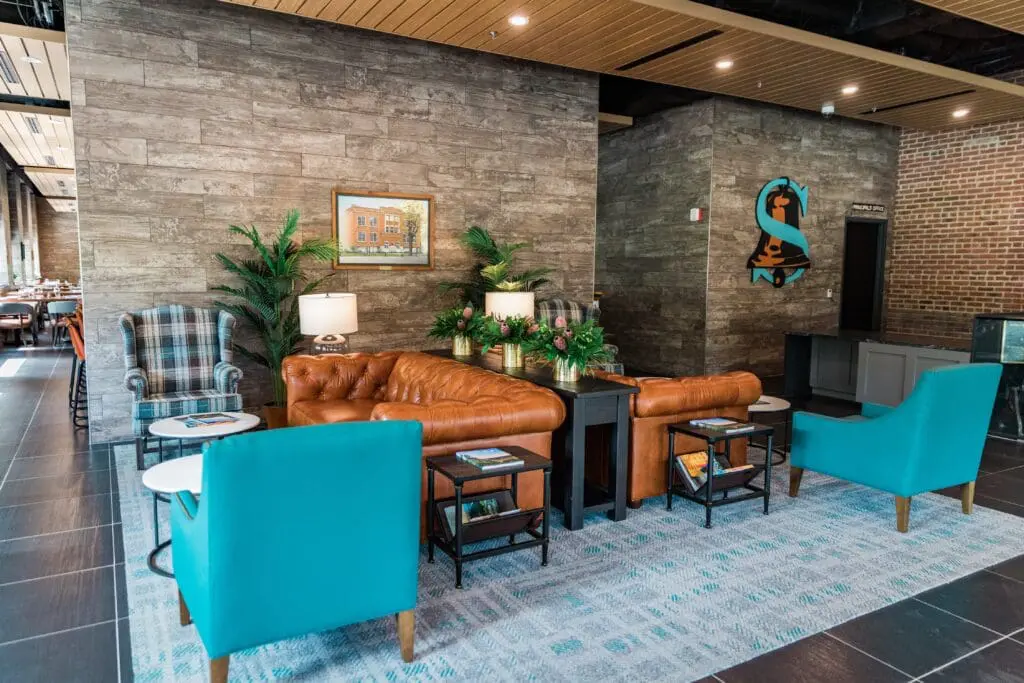
Bigger brands like Marriott are moving in the right direction as well. They’re embracing feedback and suggestions from Bonvoy members with disabilities and making changes as a result.
Adding signage, updating bathrooms, increasing the number of grab bars, and most importantly, improving staff training are just a few of the changes hotels are trying make.
Cruise lines strive to lead inclusivity efforts with more accessible staterooms, pool lifts, doors with push button access, and even tenders that can accommodate mobile devices.
Even better, the cruise industry is adding more accessible shore excursions. For example, Celebrity Cruises has a dedicated accessible shore excursions team working on your behalf to ensure you see as much of a destination as possible.
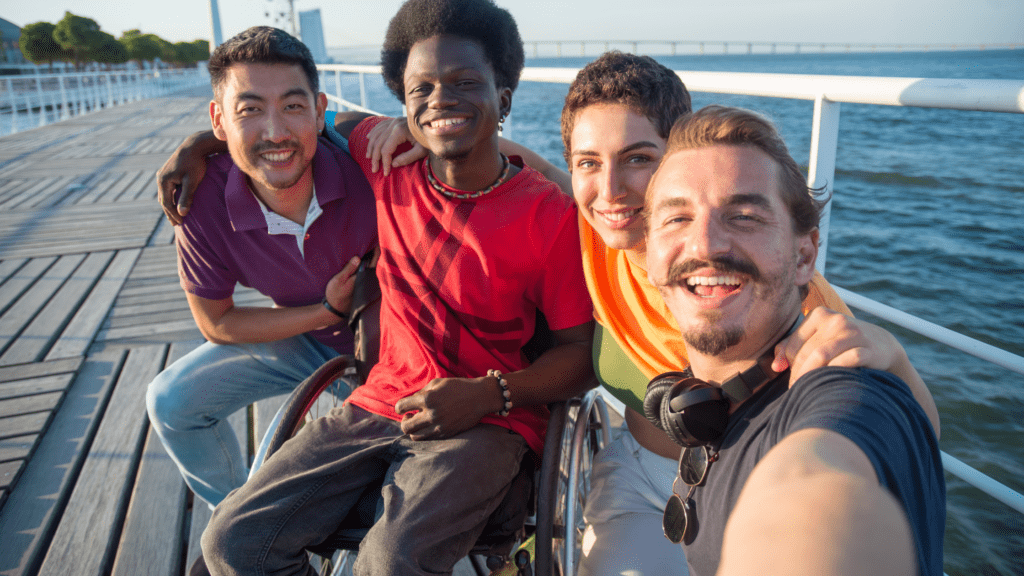
As a group travel planner, you can also help improve accessibility and the overall travel experience for you clients with mobility issues.
Start by listening to your clients to better understand their needs. Asking questions and paying close attention to the answers will go a long way in creating a positive travel experience.
Then, offer pre-trip guidance, tips and information about what to expect on the tour. Include details on accessible facilities, local accessibility resources, and any specific challenges that might arise when traveling with limited mobility.
Plan activities and excursions that accommodate all participants, regardless of mobility. Research attractions, museums, and landmarks that offer accessible pathways, wheelchair ramps, and inclusive amenities.
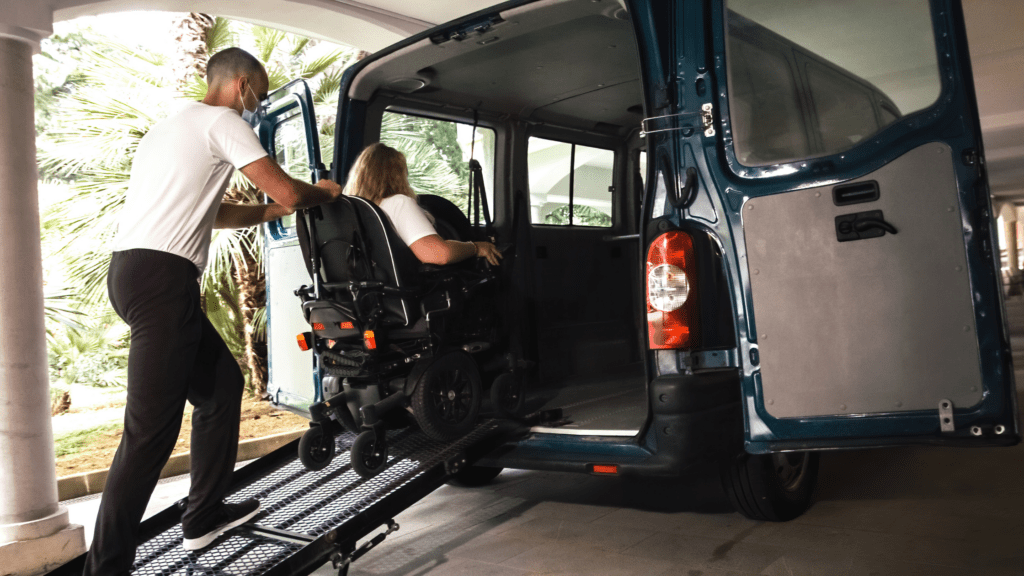
Ensure that accessible transportation is available throughout the tour, including wheelchair-accessible vehicles, ramps, and appropriate securing and storage of mobility devices.
If your group is flying, take steps to make air travel easier.
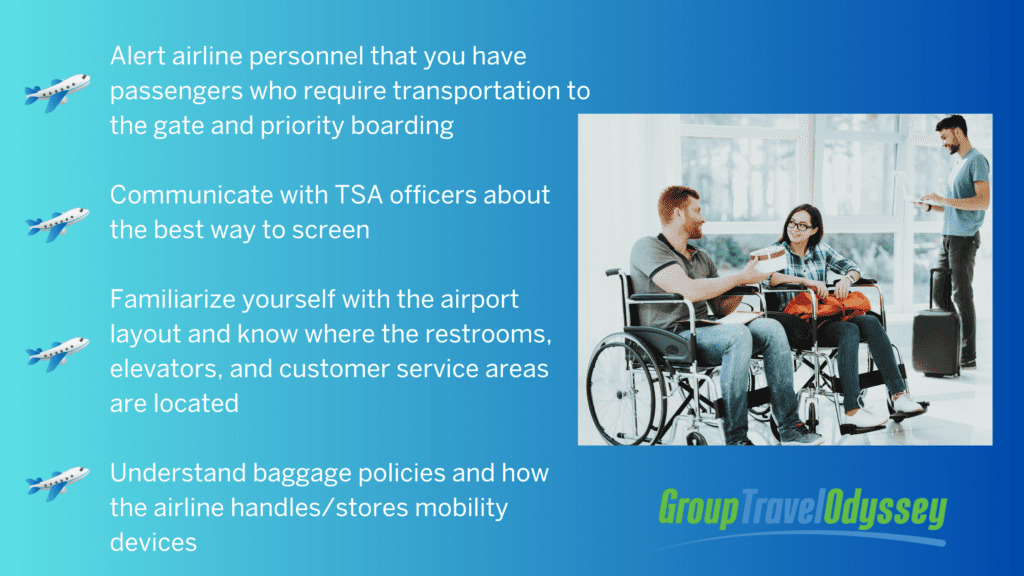
Designate a specific point of contact or tour leader who can address the needs of travelers with limited mobility. This person can provide additional assistance, answer questions, and act as a liaison between the tour participants, tour staff, and service providers.
One of the most important things you can do as a group travel planner is train your team. Provide resources and professional development courses on how to assist travelers with limited mobility. Include topics like proper wheelchair assistance, accessibility awareness, and sensitivity towards the specific needs of participants.
If you aren’t sure what your next steps should be, these links are great places to start!
Society for Accessible Travel and Hospitality
National Center on Disability and Access to Education
National Council on Aging Mobility-Friendly Travel Guide
Mobility Advisor – Disabled Friendly Travel Resources
10+ Accessible Destinations for Traveling with a Disability
If your travelers have limited mobility, take the lead on providing them safe and accessible travel options. Educate yourself about challenges tourism presents, understand how the industry is addressing them, and be proactive in your own planning.
After all, everyone deserves to explore the world and all its wonders!

April 3, 2025
Read MoreMarch 20, 2025
Read MoreMarch 6, 2025
Read MoreFebruary 20, 2025
Read MoreJanuary 9, 2025
Read More